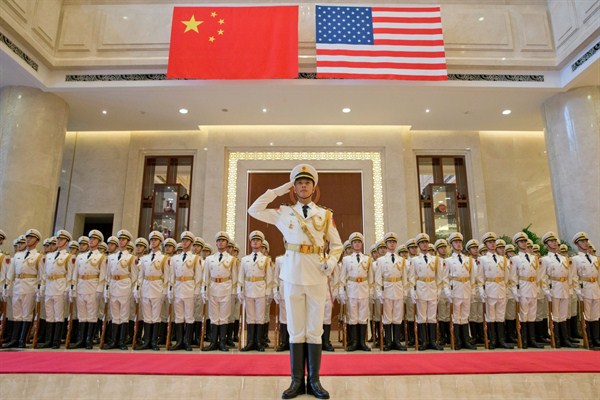On July 12, the Permanent Court of Arbitration in The Hague issued a resounding ruling that was three years in the making. In early 2013, the Philippines brought a case to the tribunal against China, contesting many of Beijing’s maritime claims in the South China Sea. The Philippines asked the tribunal to reject China’s claims based on the United Nations Convention on the Law of the Sea (UNCLOS), which both Beijing and Manila have signed.
The Philippines was widely expected to prevail in the judgment, despite the fact that China has refused to participate in the tribunal’s proceedings and had given advanced notice that it would not comply. What most did not expect was that the Philippines would win nearly everything that it asked for in an unequivocal decision rejecting China’s economic and historical claims and its island-building activities. The ruling, which is legally binding on both parties, is sure to be a bedrock of maritime law for decades to come.
In its award, the tribunal ruled in several key areas. First, it ruled that China could not use its infamous and ill-defined “nine-dash line” to make claims in the South China Sea based on so-called historical rights. Second, it ruled that China had acted illegally by interfering with the Philippines’ rights to fish and extract natural resources. Third, it ruled that China had done grievous harm to the marine environment when it built seven artificial islands in 2014 and 2015 and, in so doing, had also aggravated the South China Sea disputes. Finally, the tribunal ruled that the Spratly Islands at the center of the dispute are composed exclusively of reefs and rocks and contain no legal islands.

